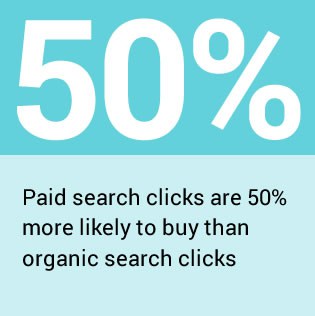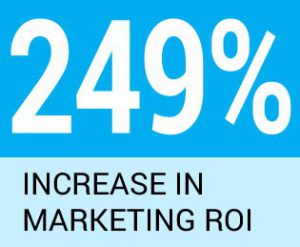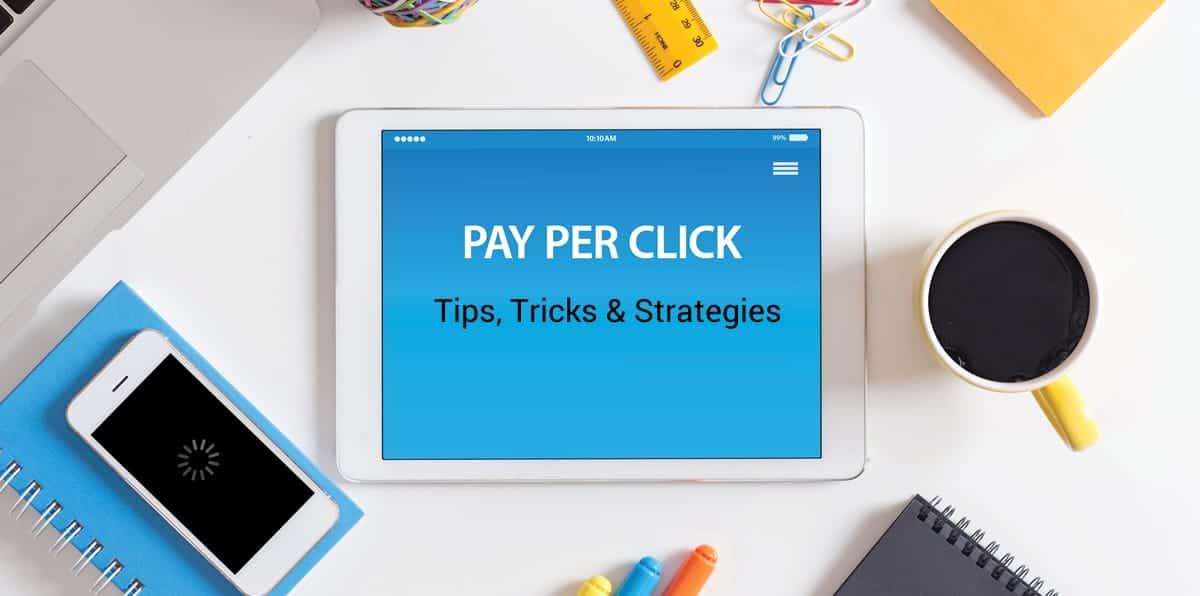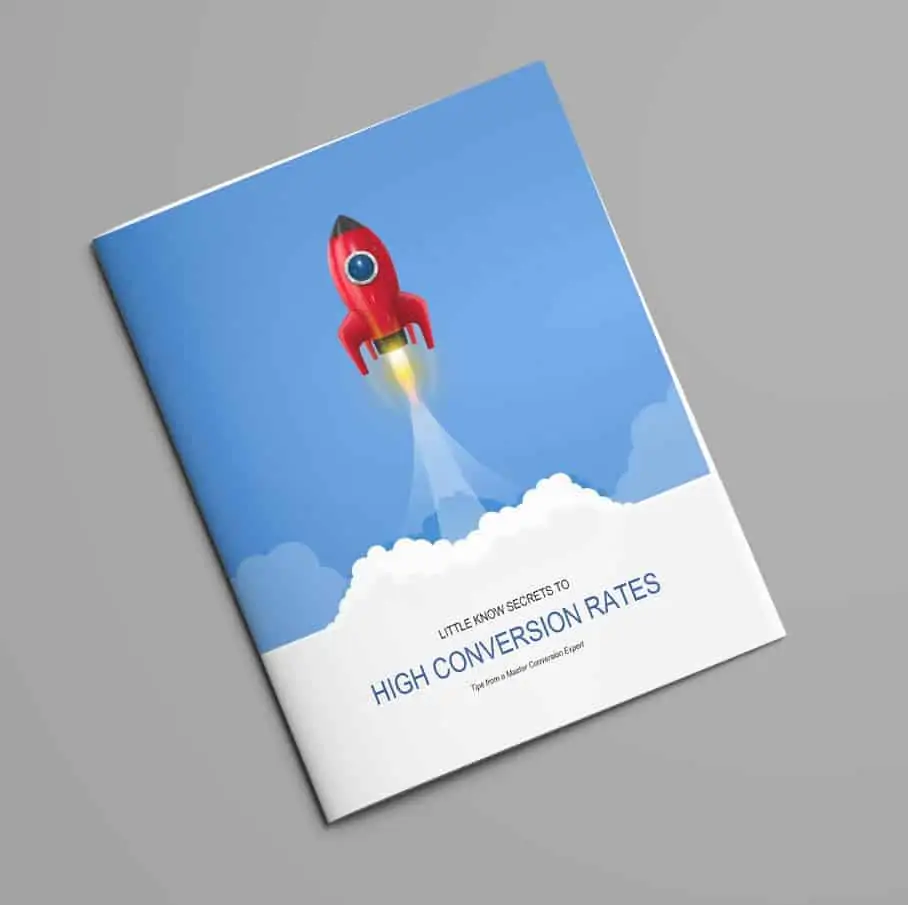A successful PPC (pay per click) campaign can generate profit faster than any other online marketing method available today. But most small businesses fail to recognize this huge opportunity. Some savvy business owners recognize the benefits of Pay per Click for Small Businesses but sadly most do not. Although the reasons can vary, I personally run across objections all the time. In some cases, the business has tried PPC advertising and it didn’t work but in many other cases it is simply a variety of false beliefs that they’ve clung to for a very long time.
In this article, I’m going to show you why your small business can’t afford to ignore PPC and dispel some of the myths that prevent you from missing a terrific opportunity.
Objection 1: Nobody Clicks on Paid Search Ads
 It has been a widely reported that the first position on SERPs (search engine results pages) collects around 30% of the clicks. Second gets 15%; third gets 10%. By the time you get to the ninth and tenth positions, click-through-rates have fallen to about 2%. If you’re the unlucky business on page two, you might as well not exist.
It has been a widely reported that the first position on SERPs (search engine results pages) collects around 30% of the clicks. Second gets 15%; third gets 10%. By the time you get to the ninth and tenth positions, click-through-rates have fallen to about 2%. If you’re the unlucky business on page two, you might as well not exist.
When these studies first appeared, the purpose was to illustrate click through rates in organic search results. Back then you may have seen a couple ads above and below the results. But the top 10 organic results on the page were the coveted prize. Why does this matter? Because, people’s habits haven’t changed much over time, but the anatomy of the SERPs is radically different today.
Paid ads today blend perfectly into context and take up a great deal of real estate at the top of the SERPs. Many people can’t really tell the difference between paid ads and organic – and the ones that can spot the difference still click on them – assuming the paid listing helps them find what they are seeking.
In fact, the majority of “high commercial intent” searches result in a click on a paid ad. The sponsored ads take away 64% of the clicks on the page.
What is commercial intent?
When a person is in the early research phase of purchasing, the keywords they use tend to fall into the “informational” category (like “How to install a faucet” or “Best Kitchen Faucet”). On the other hand, if their kitchen floor is filling up with water from a leak they will use a high commercial intent keyword like “plumber in Philadelphia PA”. This is a perfect use for PPC… the smart plumber that snags the top paid spot for the high commercial intent keyword will almost certainly get the hottest leads.
Takeaways:
- Paid ads look like organic listings in today’s SERPs
- High commercial intent keywords beat organic in click-through rates
- Identify your high commercial intent keywords to improve conversions
Objection 2: Paid Search Didn’t Work for my Company
 If you fall into this category of small businesses, you’re not alone. Many people I’ve consulted have experienced a failure or two with paid search advertising. It can be difficult to master and tough to manage while trying to run your business at the same time.
If you fall into this category of small businesses, you’re not alone. Many people I’ve consulted have experienced a failure or two with paid search advertising. It can be difficult to master and tough to manage while trying to run your business at the same time.
For most businesses it will work – assuming you do it right. There are a few businesses – those with an unknown new product or unheard-of brand where the search volume just won’t support the effort. In these cases, they should rely on building awareness for their product and/or brand.
Choosing Keywords and Match Types
Choosing the wrong keywords is the number one pitfall we see and by far the biggest reason people stop using paid search. When we review their ad accounts, we can immediately see why. They were bidding on broad-matched keywords, like “shirts”. Sure, these keywords are far more popular but that doesn’t translate into more conversions.
Long-tailed keywords (like: “men’s blue polo shirts”) are proven to offer far better conversion rates. They are more descriptive and less competitive giving you a better opportunity to zero in on the person who is buying instead of browsing.
Match types like phrase match, exact match and modified broad match offer a better way to eliminate unwanted clicks to your ads. Broad matched keywords allow too many unrelated searches to trigger your ads and result in wasted spend.
Landing Pages that Don’t Convert
It’s been more than once we’ve seen accounts that send all the ad traffic directly to the home page or to a landing page that isn’t relevant to the keyword or ad. The landing page should be as relevant to the search query and ad as you can make it. The information the visitor is seeking should be readily visible with a call to action.
No Way to Measure Success
You must use a method of measuring your performance from paid search (conversion tracking). If you don’t there is no way to optimize your ad performance or prove its even working. For some businesses your goal may be generating online sales and for others it may be leads, phone call volume or even foot traffic.
The ideal solution is to be able to measure all customer touchpoints – phone calls, form submissions, online sales, social media followers, spikes in foot traffic, etc. and then track those interactions back to the source. While not everyone has the technology in place to do this, you should do as much as possible so that you can attribute success to your specific marketing strategies. Using a tool like Google Analytics is the best, low-cost solution to track goals.
Takeaways:
- Choose the right keywords (Long-tail and restrict match types)
- Improve your landing pages to improve conversions
- Always measure performance to continually improve campaigns
Objection 3: It’s Too Expensive
 Most people who are new to paid ads simply don’t know what to budget for or how to estimate the expense. Since search engines like Google don’t list the price of each keyword click, it’s hard for potential advertisers to determine a starting budget.
Most people who are new to paid ads simply don’t know what to budget for or how to estimate the expense. Since search engines like Google don’t list the price of each keyword click, it’s hard for potential advertisers to determine a starting budget.
Google says:
- Set a budget and never spend more than your monthly limit
- Only pay when people take action, like clicking your ad to visit your site or call your business
However, being successful at it takes a lot more than that.
Estimating Your Click Charges
Google provides a tool with an estimation of the number of clicks or calls you can expect based on whatever budget you give them, but these are simply broad estimates based on industry averages. Once your ads are setup and running, you will see more detailed keyword costs that allow you to tweak and refine your bidding strategy. If your selected keywords are too expensive, you can always find less competitive keywords to drive your campaign.
You to establish a maximum daily spend on campaigns so if you set it at $10/day, over the course of a month, you’ll spend approximately $300.
You may see statistics like “Businesses make an average of $2 in income for every $1 they spend in Google Ads”. While this may sound like a goldmine for some businesses, for others it may not be enough. There are several ways to determine the correct budget for your specific business.
Develop a Budget
Think about what each call, click, sale or lead is worth to your business. How many do you need in order to make your ad spend worthwhile?
Some businesses may want to consult their accountant and develop a marketing budget, but others may want to estimate it as they go along. To do this, start with a test budget and tweak your campaign and keyword bidding to reach a sweet spot for your business needs.
Understand How to Analyze Your Performance
In the case of our example company, Joe knows first time customers generate on average $250. Joe starts with a $2,000 test budget and sets up a well optimized ad campaign.
Joe’s campaign starts generating some data and he can see that he needs to bid at least $1 on some of his keywords for his ads to start showing. After 30 days, Joe accumulates about 500 clicks and 20 leads. Out of his 20 leads, 6 turn into jobs and Joe’s average return looks something like this:
500 clicks X $1 = $500 Ad Spend
6 customers X $250 = $1500
Joe’s Overhead on Six Jobs: $500
Joe’s Profit from Ads = $500
Not bad for the first month – Joe’s campaign produced a return of $3 for every $1 spent. Moving forward, Joe plans to improve performance by optimizing the campaign but he knows that if he can maintain a 3:1 minimum ratio; he is at least making a positive return on his investment. If Joe factors in the lifetime value of each new customer, it becomes more profitable.
Takeaways:
- PPC Advertising Should be a profit center, not an expense
- Understand your cost per customer acquisition for a successful campaign
Summary
 Some small businesses think they are too small to hire a marketing company to help them but sadly the majority end up spending less than 2 hours a week on marketing initiatives.
Some small businesses think they are too small to hire a marketing company to help them but sadly the majority end up spending less than 2 hours a week on marketing initiatives.
Let’s revisit Joe’s campaign. In month two, Joe hired a marketing company that improved his landing page and optimized his ad campaign. By improving his landing page; the conversion ratio went from 1.2% (500 clicks/6 customers) to 3.2% (500 clicks/16 customers).
500 clicks X $1.25 = $625 Ad Spend
16 customers X $250 = $4000
Overhead on Sixteen Jobs + the cost of the marketing company: $1628
Joe’s Profit from Ads = $1747
Takeaways:
Be smart like Joe and hire our team to help your small business grow. G3 Group offers Paid Search Advertising for Google, Bing, Facebook and more. We specialize in small to medium business.





